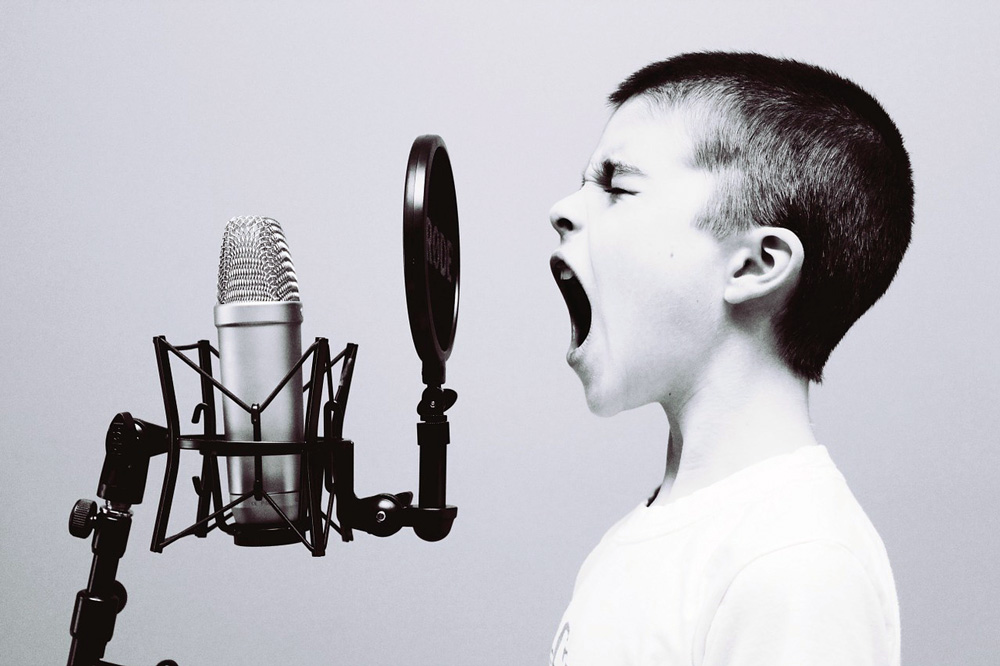A few weeks ago, a client and I both tried to record our interview with an expert. Since I hadn’t planned ahead, I used an embarrassingly crude workaround: a voice memo on my mobile device that captured the Skype call blasting through computer speakers. It worked just fine—much better than the client’s approach, which captured only her own voice.

In the past two years interviews have become an increasingly important part of my workflow, and I’ve made a lot of recording mistakes. That makes me a very sympathetic interviewee. (In a recent small-world full-circle moment, a reporter working on a Forbes story asked me the very same question that I’d asked other Olympians for What Makes an Olympic Champion.)
The goal of recording interviews is to make it a relaxing and natural conversation, while still capturing accurate quotes. I’ve never had an objection to the required question, Do you mind if I record this?, and as the interviewee I always say “yes.” Presumably there are legal reasons why there is no voice recording built into VoIP software or cell phones, but that’s well out of my depth… so I’ll get back to sharing the secrets I’ve discovered through the tried and true method of making mistakes.
- Take the time to get it right. Interviews are usually a once in a lifetime chance; calling someone back and saying, “I missed that part about your very first sailing experience, could you tell me again?” will never elicit the same enthusiasm. (If it does, beware; it’s a well-rehearsed version of reality.) Check the recording bars are bouncing several times during the conversation, and start a fresh one if necessary.
- Local computer recording will only record your side of the conversation. Eg., Carol does a Skype interview with a famous Olympian on her desktop and records via Quicktime. Played back, Carol will only hear Carol…. The less interesting voice.
- There’s an app for that—several, actually. I use Piezo, which works well but is definitely not idiot-proof. Sometimes jumping between windows will shut off the recording… and since the Piezo window is usually hidden behind Skype or my notes at that point, it’s easy to miss.
- Take notes. I don’t try to capture the exact wording, but sometimes a paraphrase or jotted thought will add important context—especially when some time has passed between recording and writing.
- Practice on a friend or colleague. Test out the proposed set up ahead of time, and then play back the recording.
Over the past two years, I’ve made all sorts of recording mistakes; an interview that switched from Skype to cell phone at the last minute, leaving me scrambling for options; discovering afterward that the recording had shut off after only ten seconds (see Piezo window, above); and of course, that hour long mp4 that captured only my own voice—recorded questions, but no answers. I like to think I’m an expert now, but there will be other issues in the future, I’m sure.
Got your own voice recording issues? Share them in the comments below.
One Reply to “Recording Interviews: Get it Right”
Comments are closed.